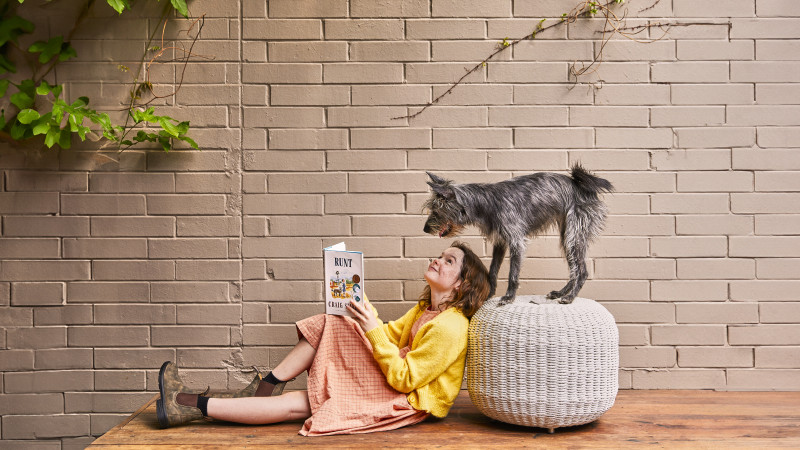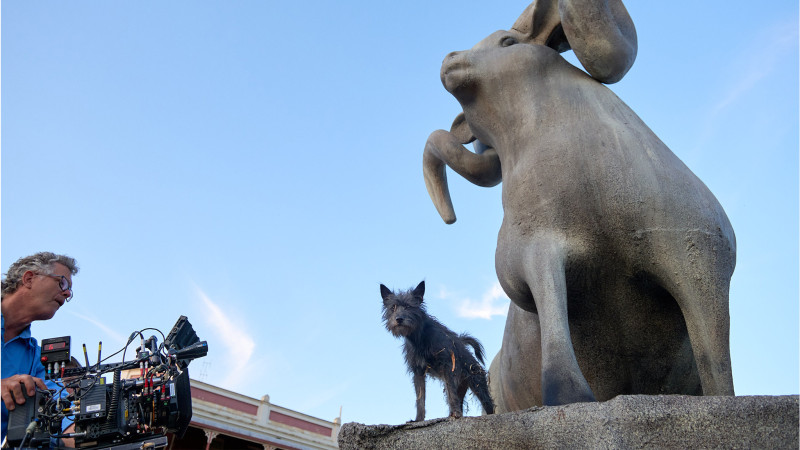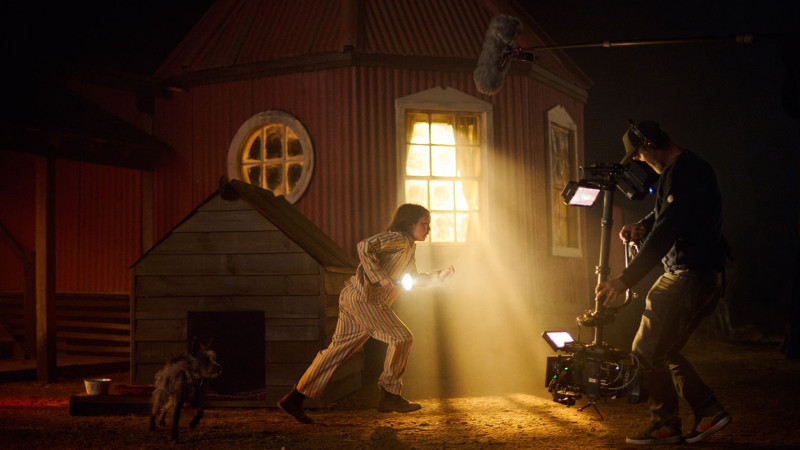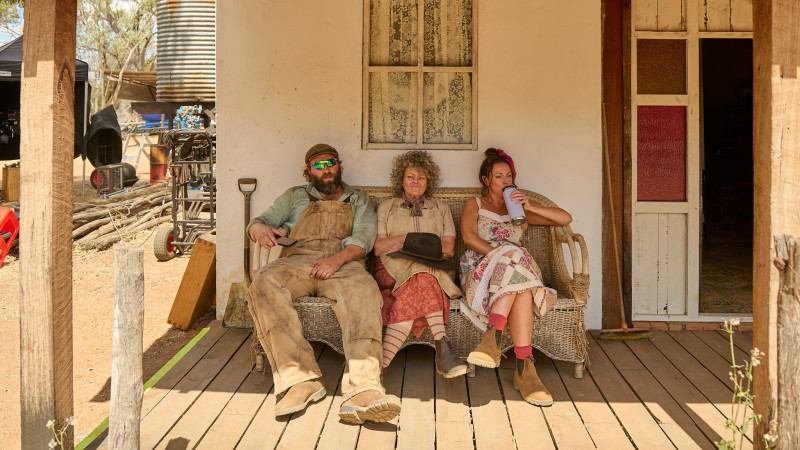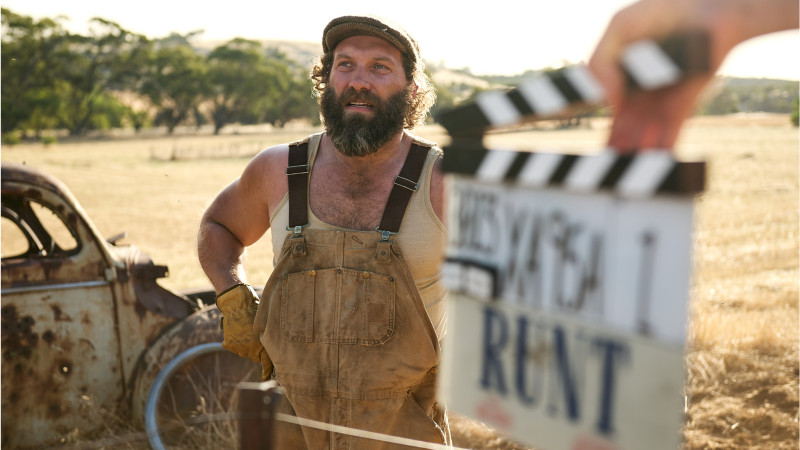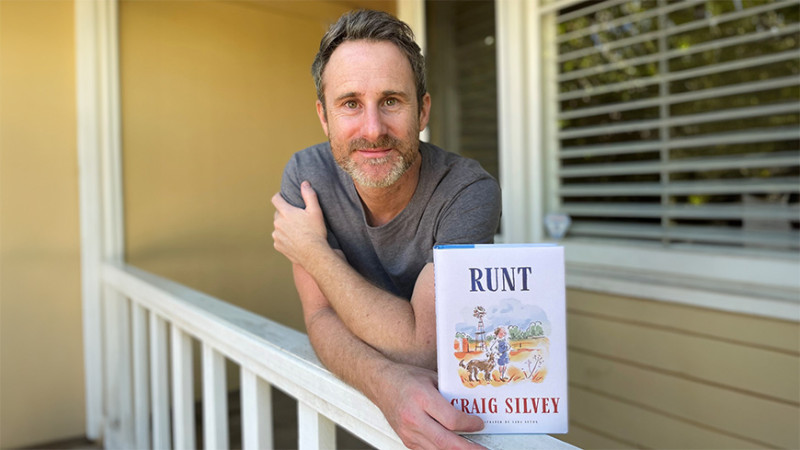
About RUNT Resource

The RUNT Resource is a comprehensive unit to support primary educators and students in exploring the film adaptation of Craig Silvey’s acclaimed novel, Runt. Designed for Years 3 - 6, this resource offers a structured approach to studying the film, encompassing a series of sequenced lessons that can be implemented as a whole-class film study or adapted to suit individual classroom needs.
The resource delves into key themes such as resilience, identity and the dynamics of family and friendship, encouraging students to engage critically with the narrative and its characters. Through activities like creative writing, thematic exploration and comparative analysis, students are invited to reflect on the story's messages and their personal connections to the content.
In addition to the film study, the resource includes behind-the-scenes insights into the making of RUNT, providing students with a deeper understanding of the adaptation process from page to screen. This enriches their appreciation of storytelling and the collaborative efforts involved in filmmaking.
Lessons
Lesson 1: Before watching RUNT
Lesson 2: The underdog story
Lesson 4: Family and friends
Lesson 5: Identity
Lesson 6: Page-to-Screen
Watch
RUNT is available for Education Audiences in the ACTF Shop. The film is rated PG.
Feedback
The ACTF would like to understand how teachers use our classroom resources. We welcome feedback from teachers who have delivered and adapted our resources. Please reach out to education@actf.com.au with questions, comments and suggestions.
Australian Curriculum Links
|
Language |
||||
|
Literature |
||||
|
Literacy |
|
Inquiring |
• Questions developed support the process of improving knowledge and understanding about a topic or investigation. • Identify and examine relevant information and opinion from a range of sources, including visual information and digital sources. |
• Questions developed focus on improving understanding about a topic and clarifying information about processes or procedures. • Identify and examine relevant information and opinion from a range of sources, including visual information and digital sources. |
||
|
Generating |
• Create possibilities by connecting or creatively expanding on new and known ideas in a variety of ways. • Put ideas into action by predicting an outcome, trialling options and assessing their effectiveness. |
• Create possibilities by changing, combining, or elaborating on new and known ideas in a variety of creative ways. • Put ideas into action by predicting potential or future outcomes and systematically testing a range of options. |
||
|
Analysing |
• Draw conclusions and make choices when completing tasks, using observation and prior knowledge to provide reasons and construct arguments for choices made. • Evaluate the effectiveness of a course of action or the outcome of a task, including using a given or co-developed set of criteria to support decisions. |
• Draw conclusions and make choices when completing tasks, using discipline knowledge to provide reasons and evaluate arguments for choices made. • Evaluate the effectiveness of a course of action or the outcome of a task, including using a given or co-developed set of criteria to support decisions. |
||
|
Reflecting |
• Select, describe and reflect on the thinking and learning strategies and processes used when completing activities and drawing conclusions. • Use aspects of knowledge and skills gained in one setting to inform learning in a new setting or context. |
• Identify and reflect on thinking and assumptions when completing activities or drawing conclusions. • Apply aspects of knowledge and skills gained in one context to a new or unrelated context to achieve a specific purpose. |
||
|
Exploring and responding |
|
|
